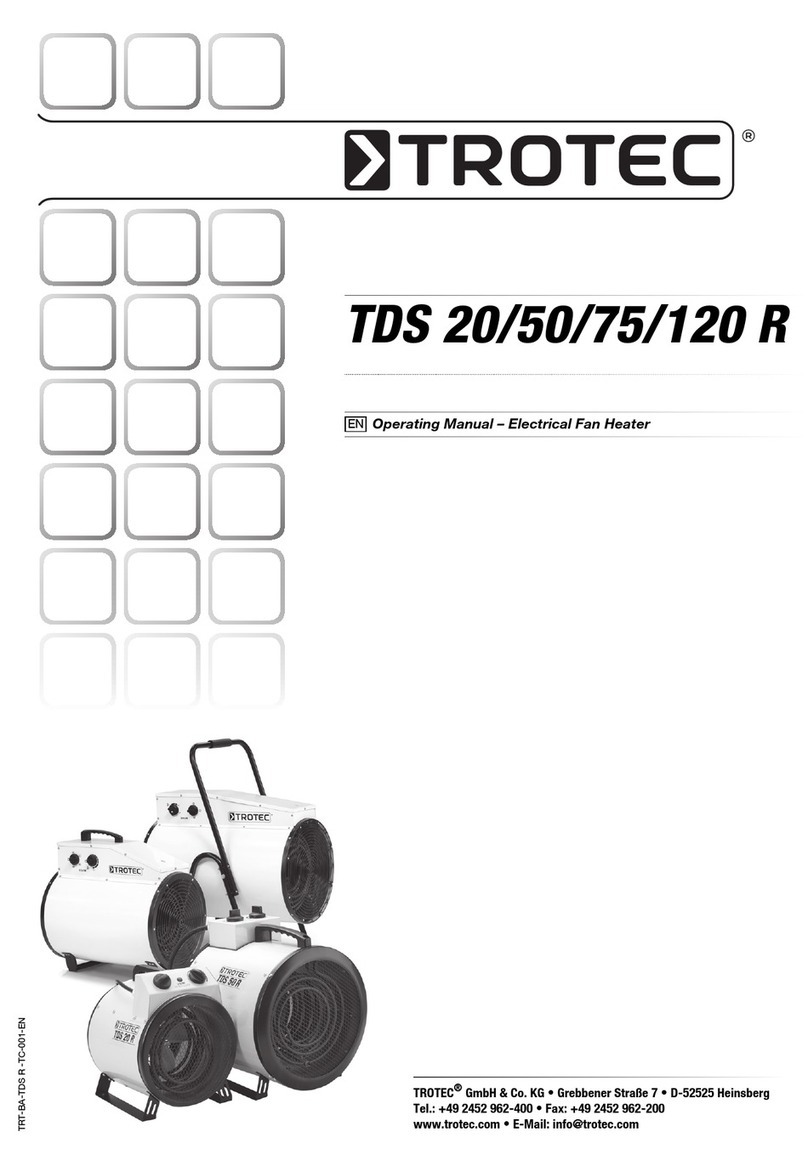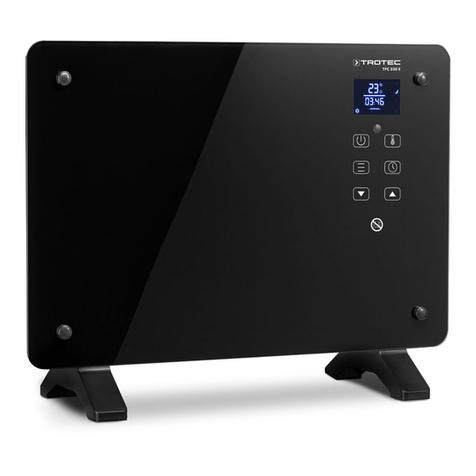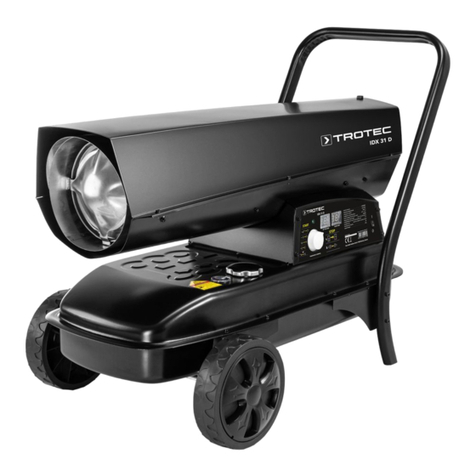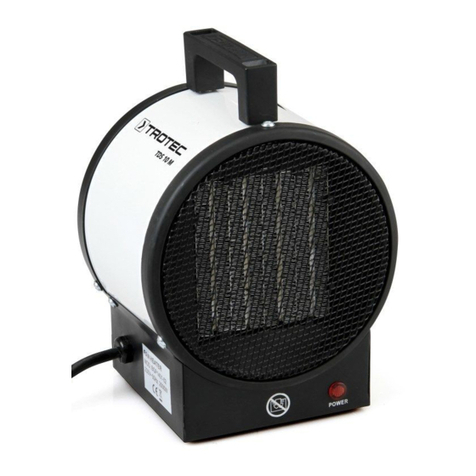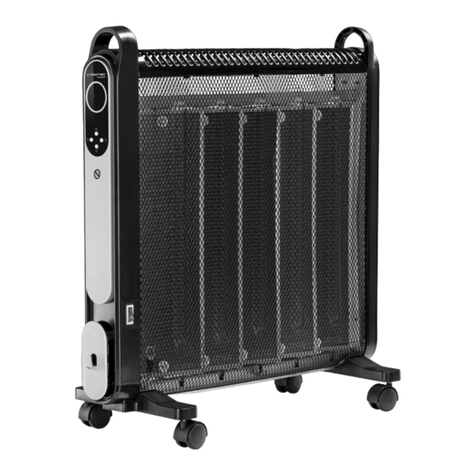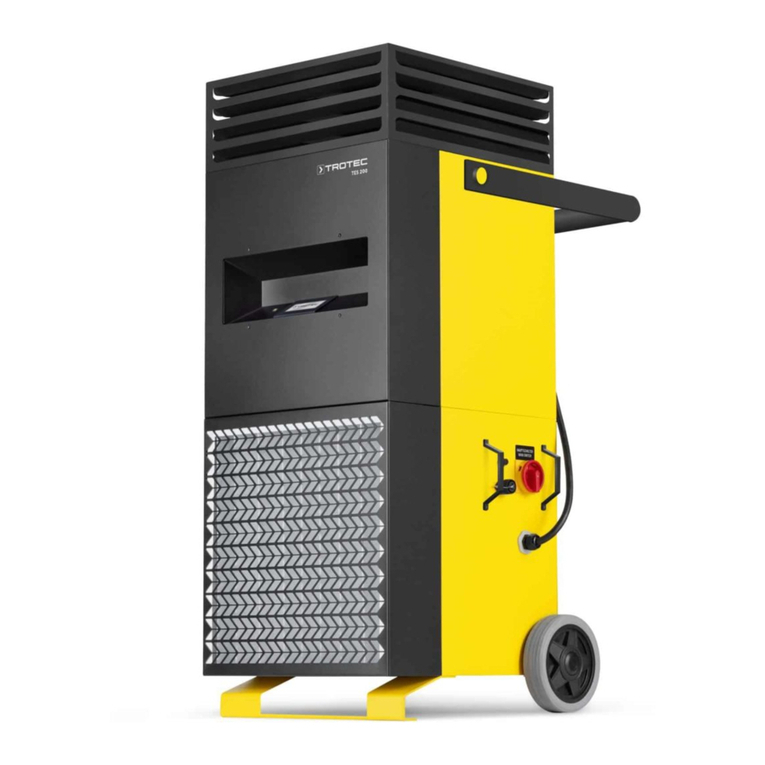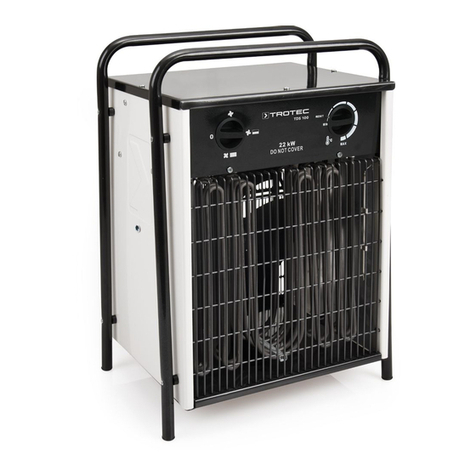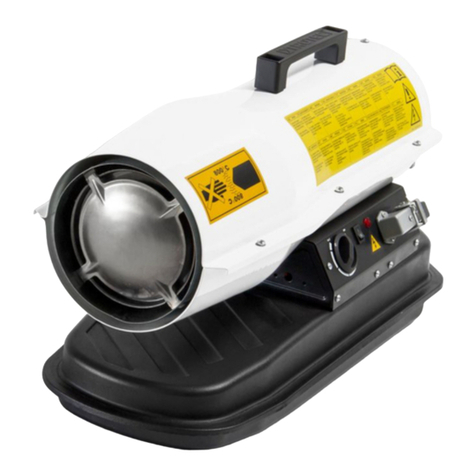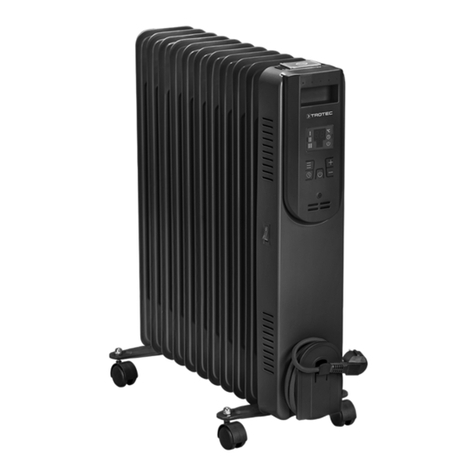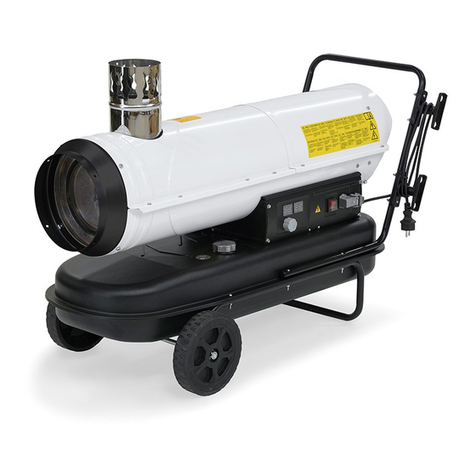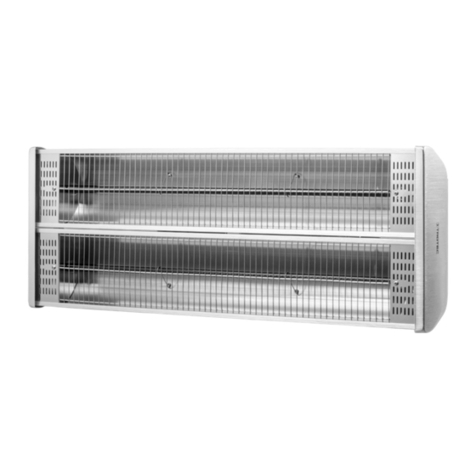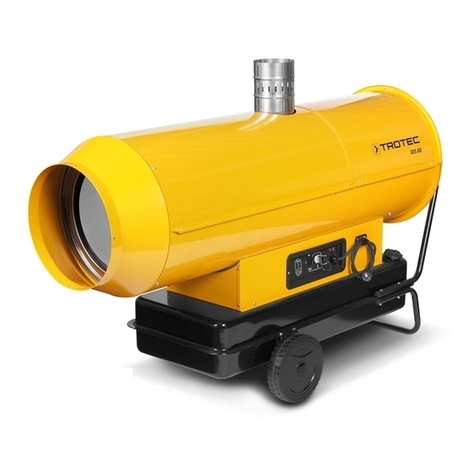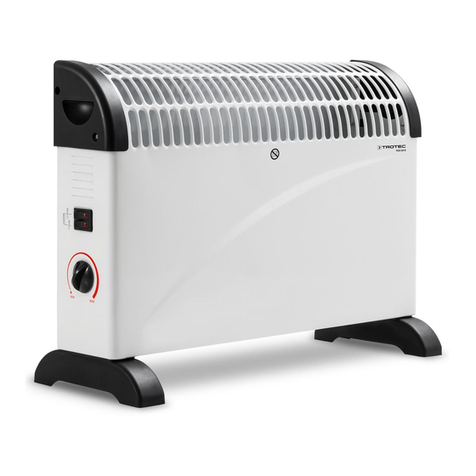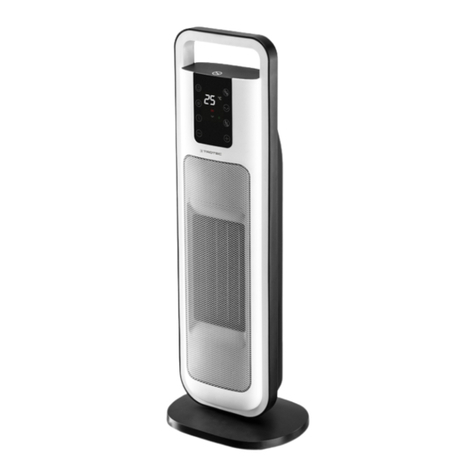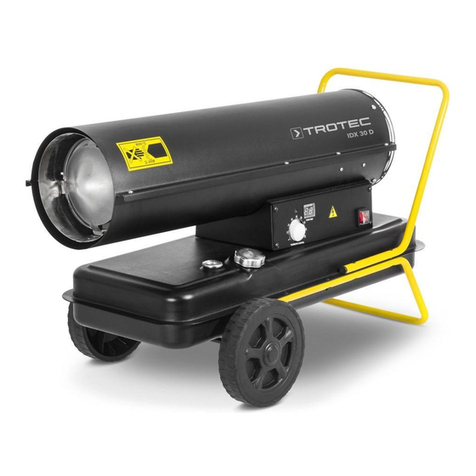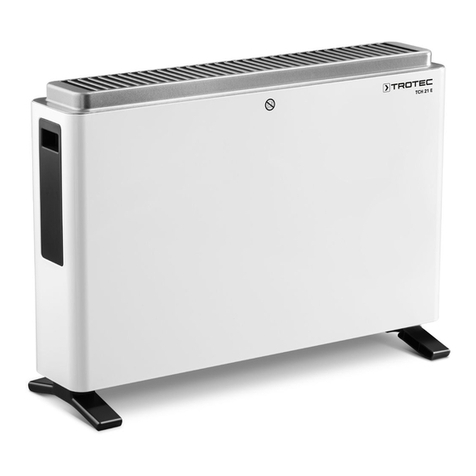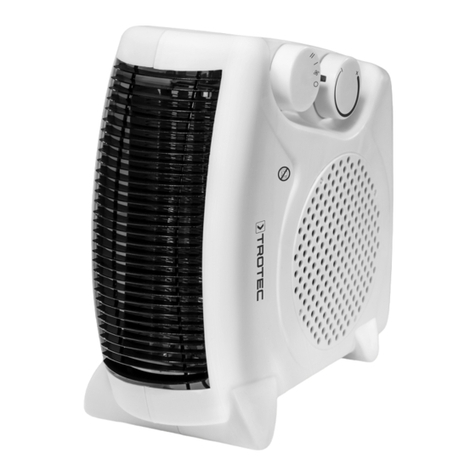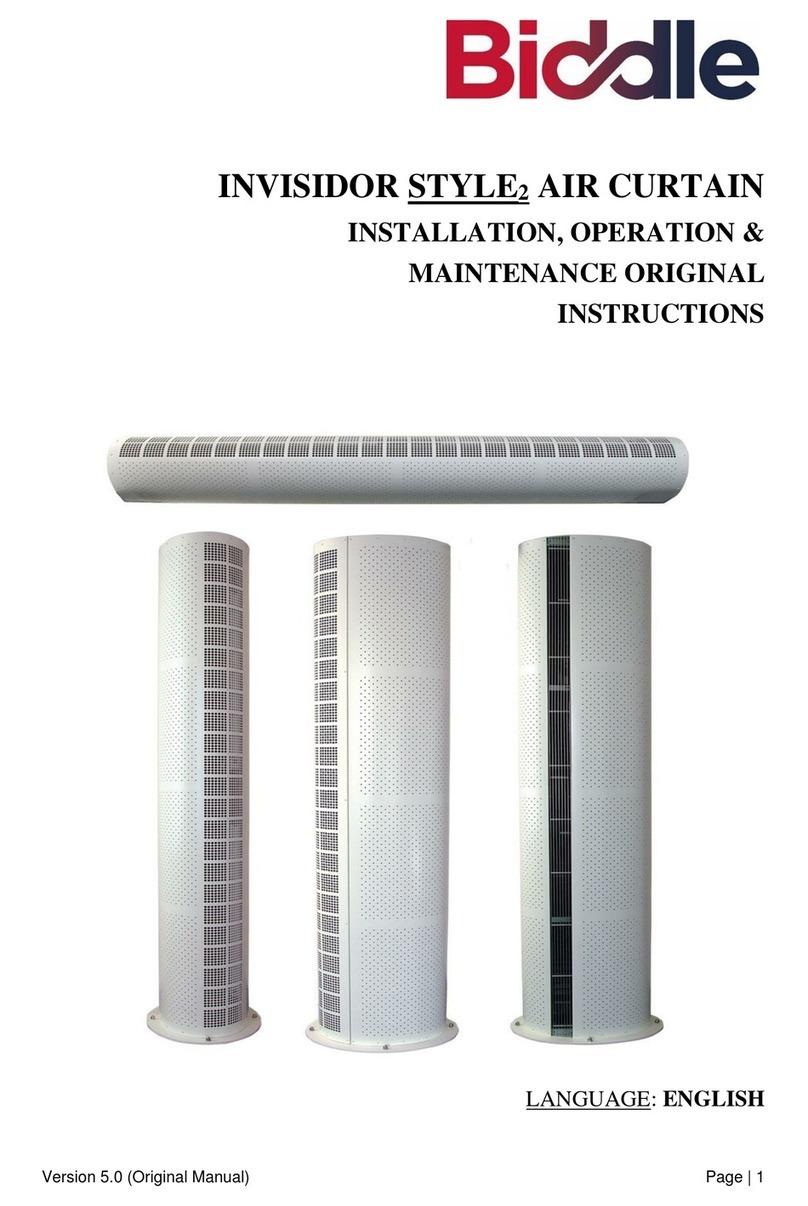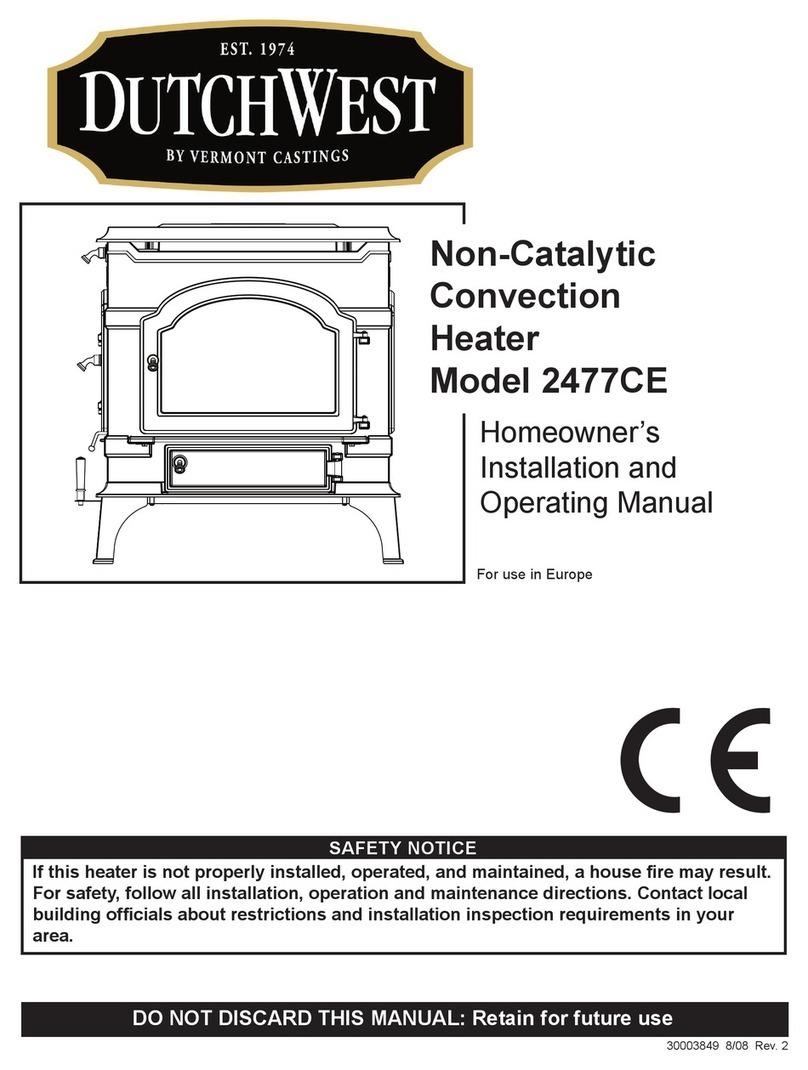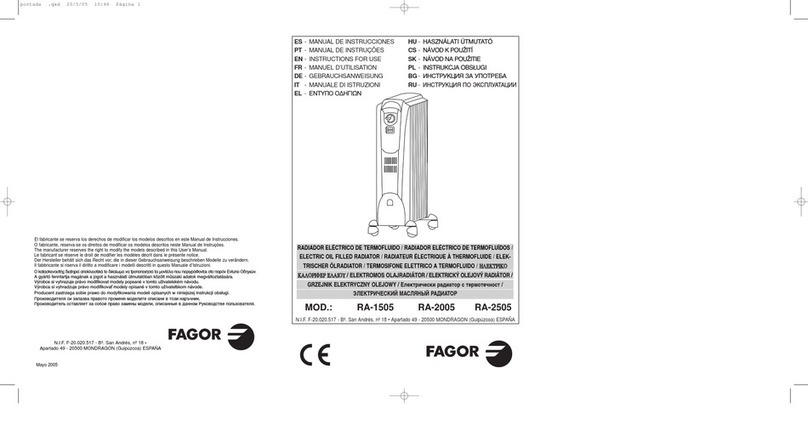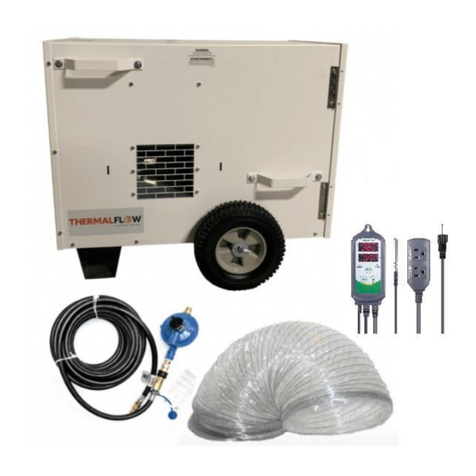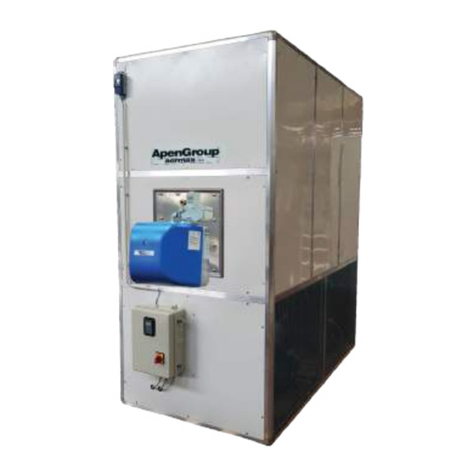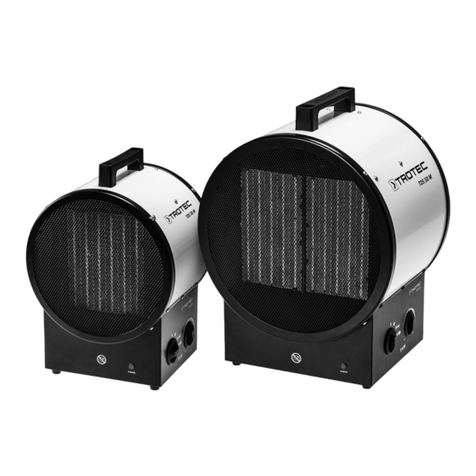
Table of contents
01. Safety .......................................A - 1
02. Description ...................................A - 1
03. Instructions for the installer.......................A - 2
04. Start-up .....................................A - 4
05. Care and maintenance ..........................A - 6
06. Transport and repositioning .......................A - 7
07. Faults and troubleshooting .......................A - 7
08. Functional diagram and control panel ...............A - 9
09. Circuit diagram ...............................A - 11
10. Technical data................................A - 12
11. Available accessories ..........................A - 13
This release replaces all previous releases. No part of this publication may be reproduced without written
permission. The same applies for electronically processing, duplicating or spreading the publication. Subject
to technical changes. All rights reserved. Trademarks are used without guarantee that they may be used freely
and primarily following the spelling of the manufacturer. The product names used are registered and should be
treated appropriately. The right to make construction changes in the interests of constant product improvement
as well as changes to the shape and colour is reserved. The scope of delivery may vary from product images.
This document was produced with all due care. We accept no liability whatsoever for mistakes or omissions.
© TROTEC®
01. Safety
The applicable laws and regulations concerning the use of air heat-
ers must be observed for the installation, regulation and use of this
device.
Please observe the following instructions:
• Strictly adhere to the instructions contained in this operating
manual.
• Avoid positioning air heaters in rooms with explosion hazard or
where fire is prohibited.
• Do not store combustible materials near the device (minimum
distance 3m).
• Take the necessary fire protection measures.
• Provide for sufficient ventilation of the room where the air heater
is positioned.
• Position the device near a chimney and an electrical supply control
panel complying with the specified parameters.
• Check the device prior to start-up and regularly during operation.
In particular, make sure that children or animals cannot approach
the device unnoticeably.
• Always remove the plug from the socket after operation. Further-
more, pay attention to the operating conditions of the air heater,
particularly:
• Do not exceed the maximum thermal output of the heater
("TECHNICAL DATA").
• Make sure that the air supply is not below the nominal air
supply. Therefore check that there are no obstacles or obstructions
in the inlet and/or outlet pipes, such as cloths or blankets
placed on the device, or walls or large objects situated in the
immediate vicinity of the device. If the air flow rate is
insufficient,thecombustionchamberwillheatupandtheoverheating
protection thermostat L1 will switch the device on and off
continuously ("FAULTS AND TROUBLESHOOTING"). .
02. Description
The air heaters of the IDS series are designed for heating
medium-sized and large rooms requiring a fixed or mobile heating
source. They heat the air by emitting the thermal energy generated
by combustion via the metal surfaces of the combustion chambers
and via the heat exchanger. The air passage duct and the smoke
passage duct are hermetically sealed from each other.
The combustion air, i.e. the air required for combustion, is directly
sucked in by the integrated burner in the following way:
• from outdoors via the air inlet nozzle (available as accessory) to
avoid reducing the oxygen content of the room to be heated or
• directly from the room to be heated. In the latter case the room must
be adequately ventilated to guarantee a sufficient air exchange.
The hot air flow is moved by the motor-driven high-performance fan.
The fresh air is heated by the combustion gases via the dense metal
surface of the combustion chamber. The combustion gases are
directed to an exhaust gas duct so that they can escape via a
chimney or chimney pipe with sufficient dimensions to ensure the
discharge of the flue gases.
The end piece of the hot air outlet duct can be replaced by the
following ducts:
• with 2 or 4 outlet openings, all of which are kept open.
The air heater IDS 900 can be operated with burners running on
diesel fuel, natural gas (G20) or liquid gas LPG (butane, G30, and
propane, G31) with ON-OFF operating mode.
m
Only the burners selected and supplied by the manufacturer
may be used.
The CE label on the device becomes obsolete
if the burner is replaced with a non-original burner, even
if the latter has similar characteristics.
The IDS900 is equipped with an electronic flame monitoring system
and the following equipment:
• Safety equipment (safety thermostat with manual reset, flame
monitoring, air pressure switch) responding in case of severe
operational disruptions and triggering a safety shutdown: in this
case the air heater switches off, the burner display(h) is perma-
nently illuminated in red and operation can only be continued after
the cause of the failure has been identified and eliminated.
• Control equipment (temperature controller for regulating the air
outlet temperature, fan thermostat and burner thermostat, voltage
monitoring) triggering in case of minor malfunctions or disruptions
in the power supply and causing a temporary shutdown of the air
heater. In this case the air heater resumes operation automatically
once the normal operating conditions have been restored.
If one of these safety devices is triggered, always identify the cause
and repair the damage before pressing the corresponding restart
button to switch the air heater back on ("FAULTS AND TROUBLE-
SHOOTING").
In the event of an overheating of the combustion chamber, the over-
heating thermostat responds. It switches the device off and switches
it back on after the device has cooled down (light (h) turns on and
off again).
A - 1Operating manual – IDS 900 EN
